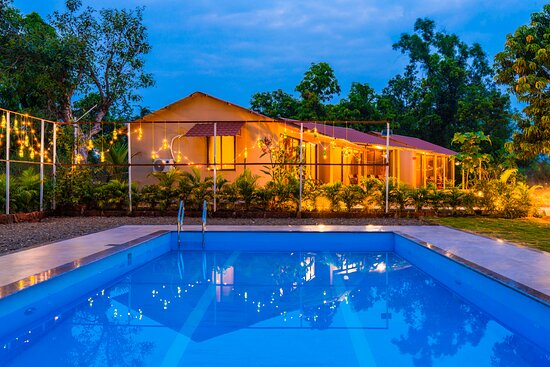BY: DAVID LAO
There are rivers gushing as far as the eye can see, their banks and tributaries pocketed with fragrant flowers and uncontrollably large plants. Along the streams is another expanse, one made of thick, lush jungle, sweltering in the crushing humidity and flowering all year round. The Amazon is the world’s largest rainforest, incomparable in both size and biodiversity. It contains one of the longest rivers in the world, and is home to over ten percent of all known species of plants, animals and insects. In all its immensity and natural dominion however, it faces one of the biggest predators to ever walk this Earth: Humankind.
The encroachment of economic and infrastructure development, material need as well as an influx of capitalistic tyranny have proven to be a driving wedge in the destruction of nature around us.
The Amazon Rainforest has suffered massive amounts of damage over the last 50 years, with an area larger than the size of France and Spain combined destroyed in the Amazon basin. Both legal and illegal mining and tree-farming operations as well as poaching have attributed to this deforestation and decimation, and for a forest that provides more than 20 per cent of the world’s oxygen, this might strike as a pressing issue. Fortunately, Indigenous tribes in that area have taken up arms to fight against the eradication of their land, but that may not be enough to repel the impending devastation. The completion of the 67 million-acre Andes-Amazon Conservation Corridor just might be however.
The Amazon Rainforest has suffered massive amounts of damage over the last 50 years due to destroying an area larger than the size of France and Spain combined. Both legal and illegal mining and tree-farming as well as poaching have contributed to this decimation.
Peru’s government has just approved the creation of a 3.3-million-acre national park at Sierra del Divisor, a key project that will situate itself on the mid-eastern border of Peru to connect the elongated strip of protected forest. The completion of the corridor would make it one of the biggest strips of sheltered forests in the Amazon—pivotal to safeguarding endangered species, wildlife diversity and the remaining indigenous peoples in that area. Rainforest Trust, a U.S. nonprofit organization is partnering with Peru’s Centre for the Development of an Indigenous Amazon (CEDIA) to work alongside indigenous communities and the Peruvian government to build the park.
Peru’s government has just approved the creation of a 3.3-million-acre national park at Sierra del Divisor, making this park one of the biggest strips of sheltered forests in the Amazon.
Indigenous tribes in the area have taken up arms to fight against the eradication of their land, but that may not be enough to repel the impending devastation. The completion of the 67-million-acre Andes-Amazon Conservation Corridor just might be however.
“The Sierra del Divisor is the final link in an immense protected area complex that extends for more than 1,100 miles from the banks of the Amazon in Brazil to the snowy peaks of the Peruvian Andes,” said Dr. Paul Salaman, CEO of Rainforest Trust in a press release. “After two decades of collaborating with CEDIA to protect indigenous territories and establish nature reserves, parks and sanctuaries throughout the Amazon of Peru, we have finally completed the centerpiece with the declaration of Sierra del Divisor National Park.”
“The Sierra del Divisor is the final link in an immense protected area complex that extends for more than 1,100 miles from the banks of the Amazon in Brazil to the snowy peaks of the Peruvian Andes”
An estimated 300 fish, 3,500 plant and a multitude of different mammal species such as jaguars and tapirs call the Sierra del Divisor their home. The Isknowa, an indigenous tribe living in voluntary isolation is also living in the area.
“Protecting the Sierra del Divisor Mountain Range from illegal logging and mining is crucial for endangered wildlife, for indigenous peoples and for the world,” continued Salaman in the press release. “We’re thrilled to join CEDIA on this momentous victory for the planet by announcing the final creation of Sierra del Divisor National Park. We will continue to support CEDIA’s effort to protect an additional 2.3 million acres of threatened forest habitat surrounding the park to further strengthen the Andes-Amazon Corridor.”
Other wildlife, jungle and indigenous species protection programs have also been growing in popularity due to the rise of devastation brought on by resource gouging. Projects and organizations such as the Amazon Conservation Project and the African Rainforest Conservancy (ARC) are such, and aim to protect the environment from any further abuse.
While true ecosystem protection might take some time to fully be established all throughout the world, the completion of the Andes-Amazon Conservation Corridor is a forward step in the direction.
“This permanent conservation corridor is one of the greatest refuges for biodiversity on Earth,” said Salaman in the press release.
Image sourcing: allianz.com, rainforesttrust.org, nationalgeographic.com, paragonexpeditions.com, statravel.co.uk








